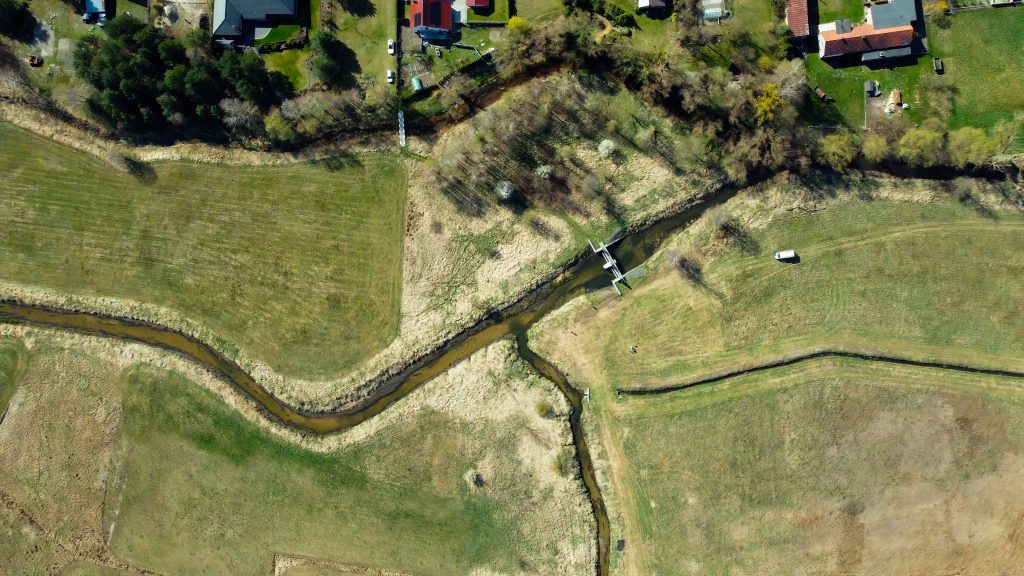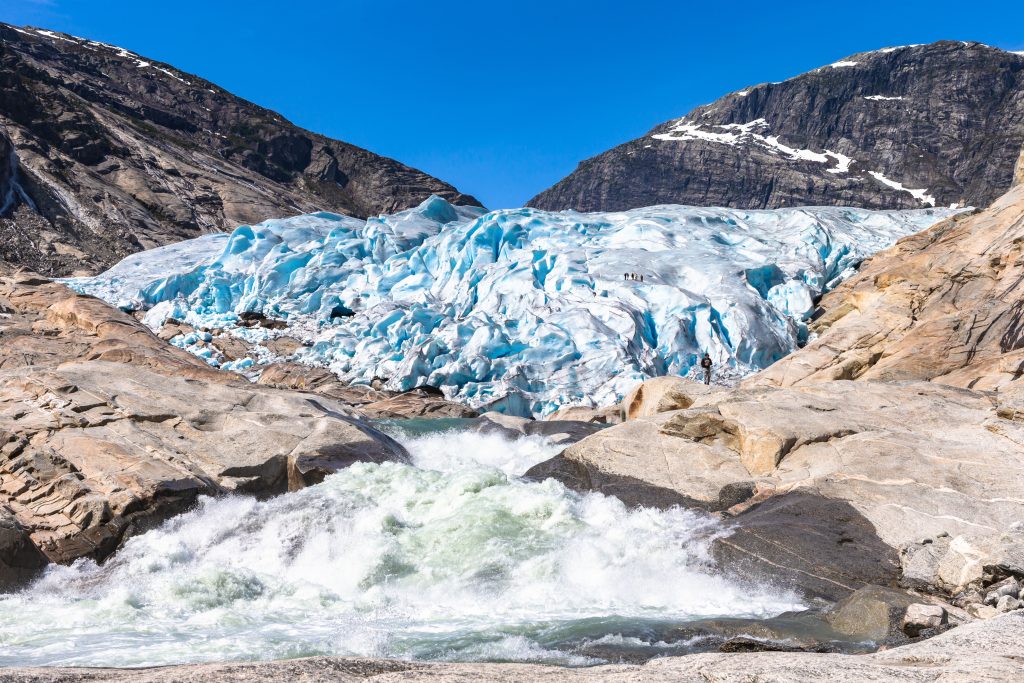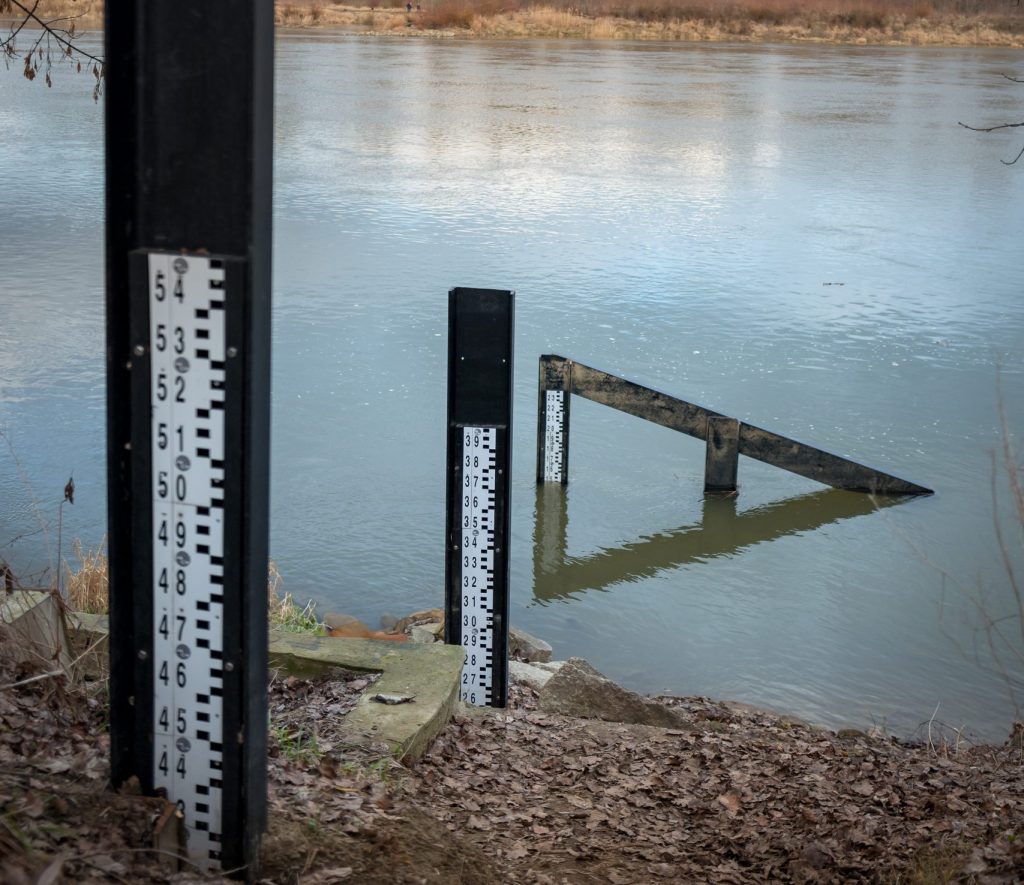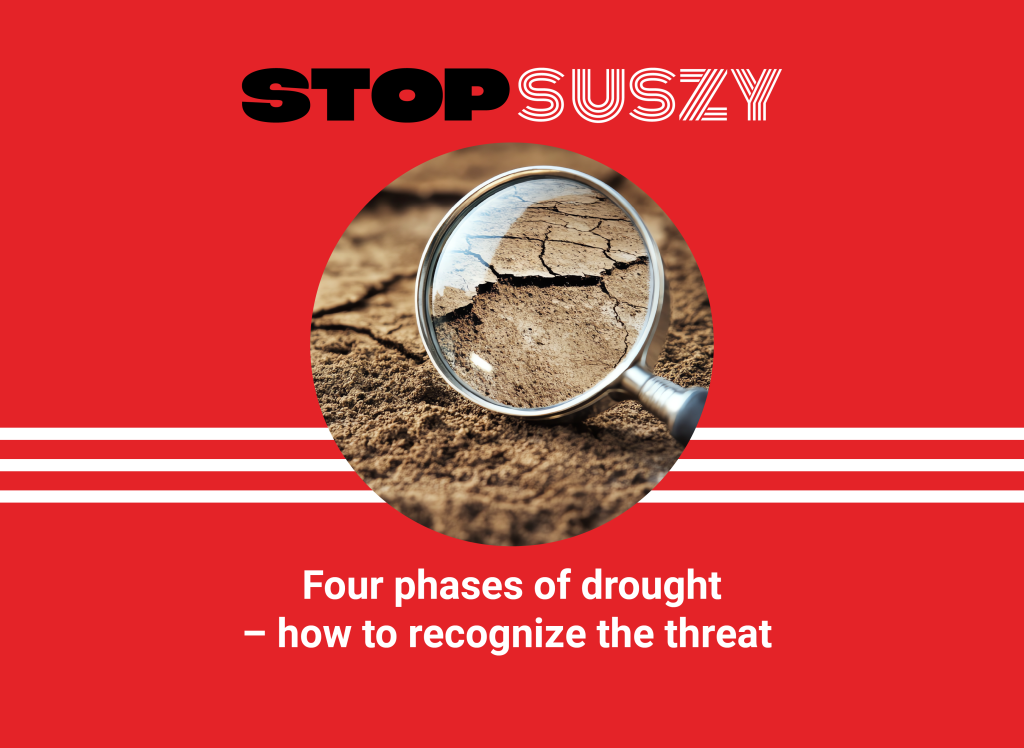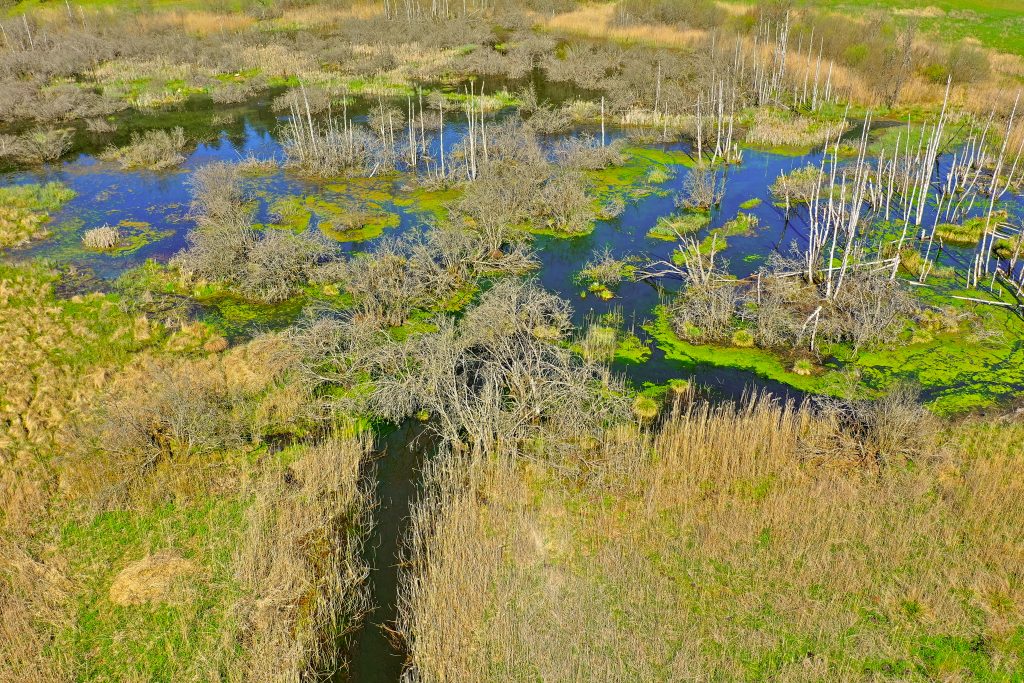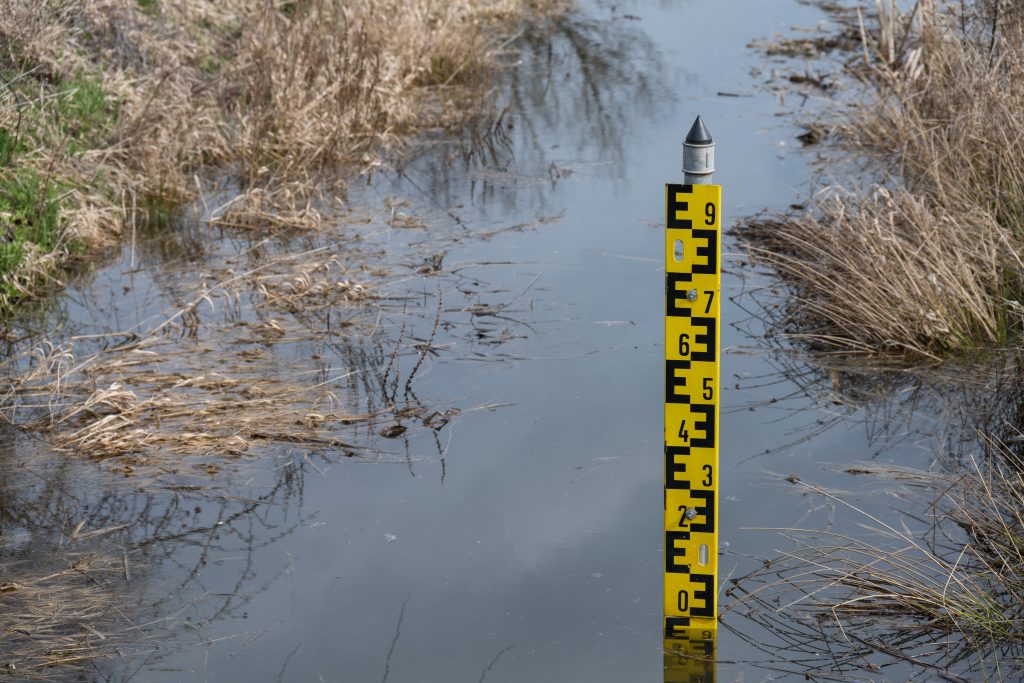Polish Waters is preparing the first update of the Drought Effects Counteracting Plan (uDECP). Along with the subsequent stages of this project, the phases of the information and promotion campaign are changing, marked with colors: red (informing about the threat) and yellow (preparing the best solutions). The educational conference in Cracow is behind us, with which we have just entered the yellow stage. We debated on May 27th of this year.
Tag Archives: retention
Water reclamation is a set of procedures aimed at regulating water relations in the soil in order to improve its production capacity, facilitate cultivation, and protect agricultural land from flooding. Reclamation consists of draining areas from excess water and at the same time retaining water and irrigating areas in the event of drought.
On May 27, 2025, the second nationwide “Stop Drought! Start Retention!” conference will take place at the Congress Centre of the University of Agriculture in Kraków. The event is being organized as part of the work on updating the Drought Effects Mitigation Plan (aPPSS).
The event will take place at the Congress Centre of the University of Agriculture in Kraków, at 46 al. 29 Listopada. Invited experts will present a scientific approach to the issue of drought, along with practical solutions for effectively mitigating its impacts.
Easter is a time for joy, family gatherings and cherishing traditions. However, in the fervour of cooking traditional dishes, baking cakes, cleaning and decorating, it can be easy to forget to use water wisely. A waste-free Easter?
In 1992, in Rio de Janeiro, the UN General Assembly declared March 22 World Water Day to draw special attention to the importance of water in societies’ lives. Water is essential for life, the basis of health and hygiene, and the foundation of agriculture, industry, and the economy.
January 2025 was the warmest in the history of meteorological measurements conducted in Poland, with temperatures significantly above the norm set for the years 1991-2020. Snow appeared sporadically, especially in the lowlands, and rainfall dominated most of the country.
Drought is one of the most serious natural phenomena that can have catastrophic consequences for the environment, agriculture, and economy. Simply put, it is a long-term shortage of rainfall, which leads to a disruption of the water balance. However, drought does not always look the same – we can distinguish four main types, which often occur one after another.
World Wetlands Day, celebrated annually on the 2nd of February, was established in 1997 by the Ramsar Convention Secretariat. This year’s theme is “Protecting Wetlands for Our Common Future.”
The hydrological year, covering the period from November 1st to October 31st of the following year, is used to analyze the full cycle of water circulation in nature. This division takes into account autumn and winter rainfall and snowfall, which are stored in the environment, as well as spring thaw, which determines river flows, groundwater levels, and the retention capacity of land areas.
- 1
- 2

 PL
PL


